It’s often been said: ‘To be successful in business you need to have skin in the game’ – something to lose. I’ve always believed that to make a good painting an artist must leave blood on the canvas – commit fully by exposing inner thought and feeling, risking the danger of misunderstanding and ridicule.Arthur Boyd: Agony & Ecstasy
Until November 9, 2014
Entry from 10am-5pm daily
National Gallery of Australia
Parkes Place, Parkes, Canberra, ACT
Tel 02 6240 6411
www.nga.gov.auImage credit:
Arthur Boyd
Paintings in the studio: ‘Figure supporting back legs’ and ‘Interior with black rabbit’, 1973–74
oil on canvas, 313.5 x 433.2 cm
National Gallery of Australia, Canberra
The Arthur Boyd gift 1975

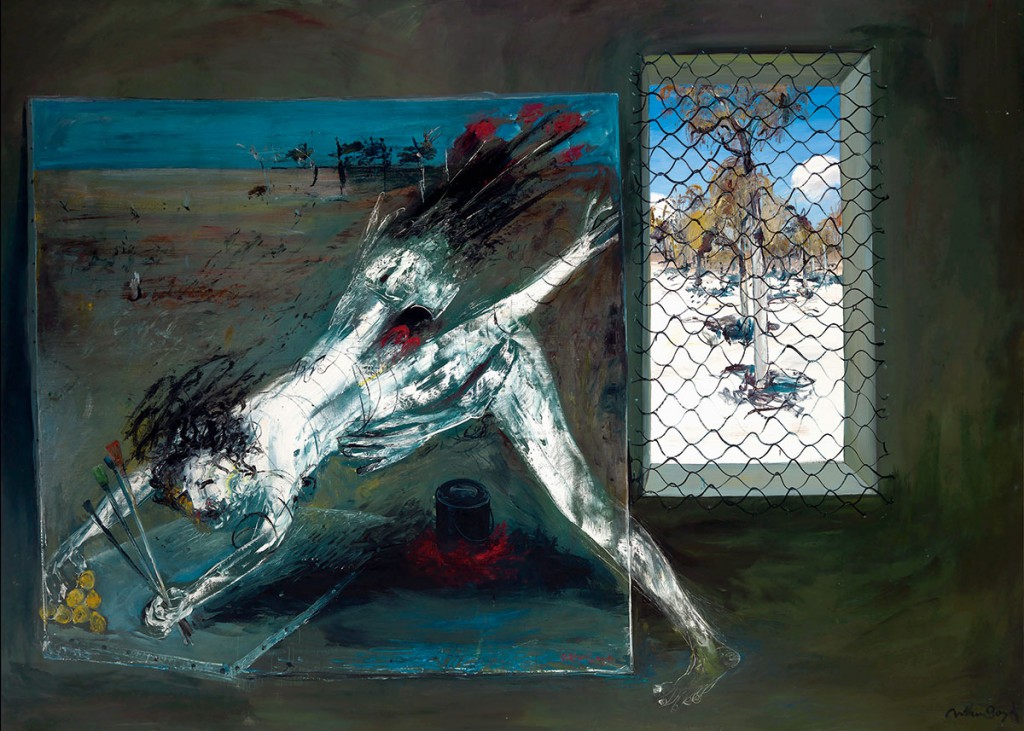

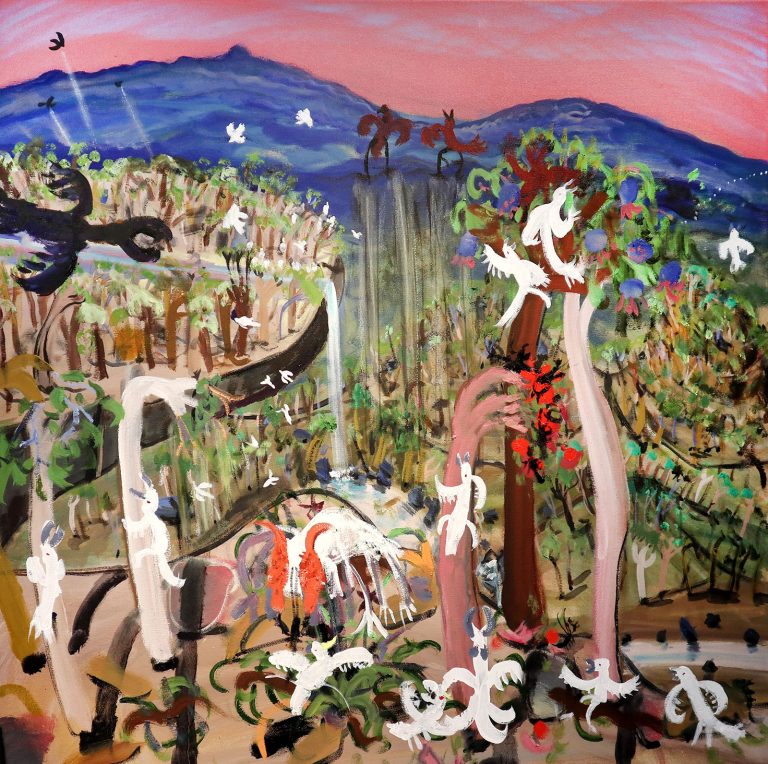

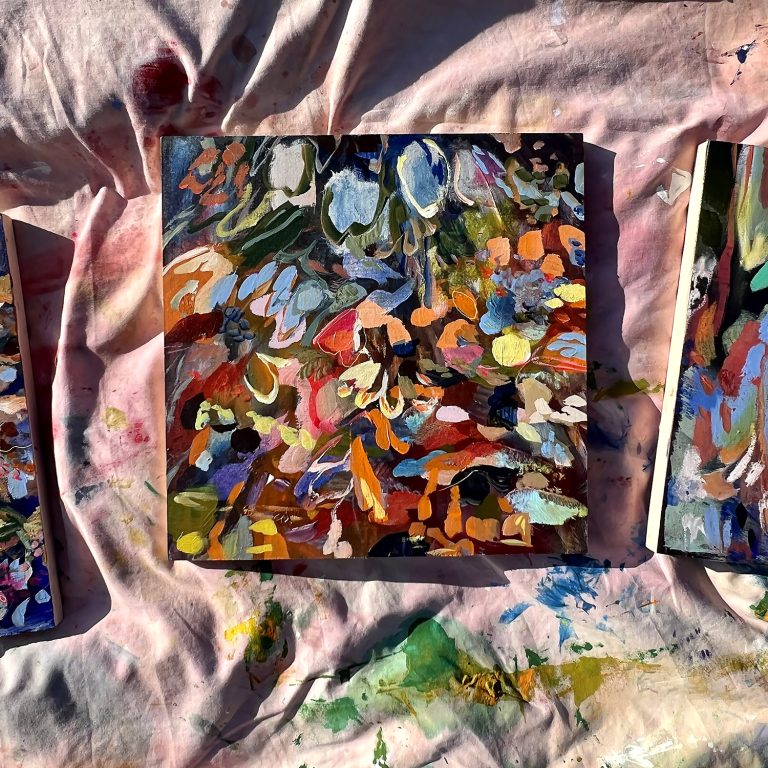
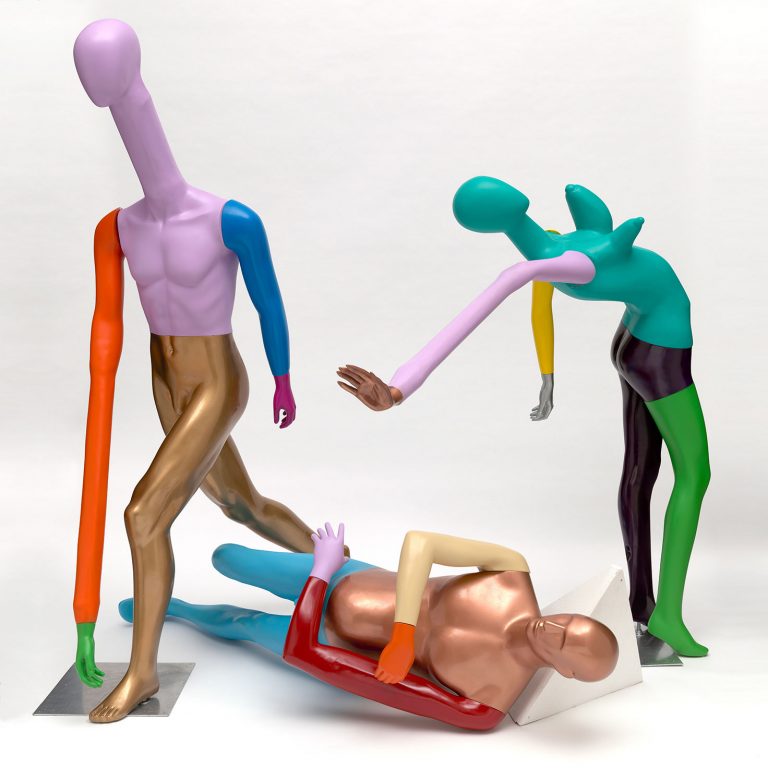
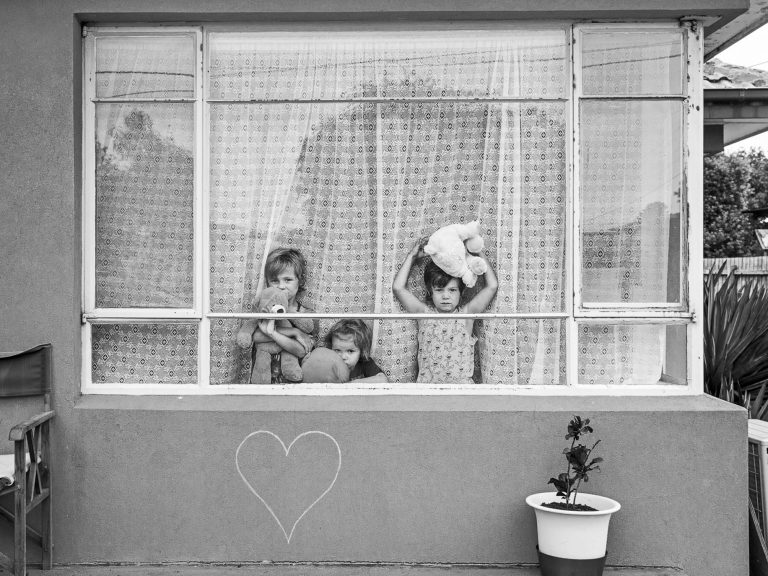
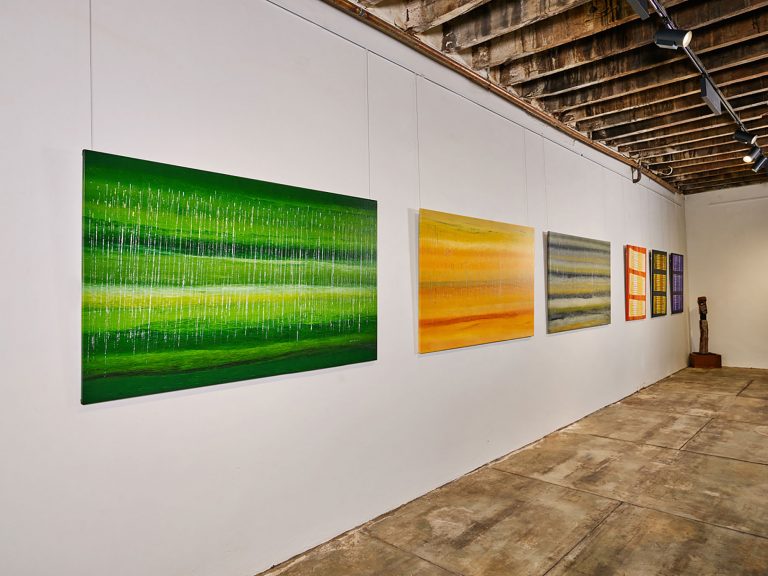

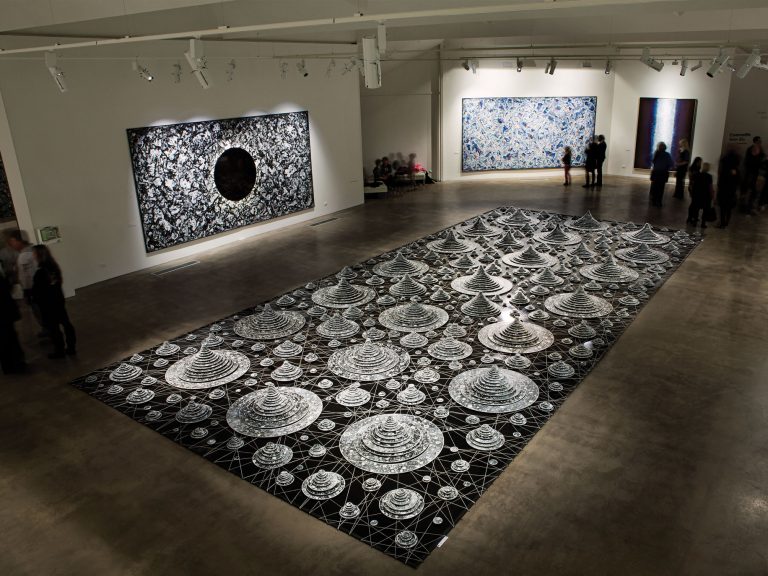
Comments are closed.